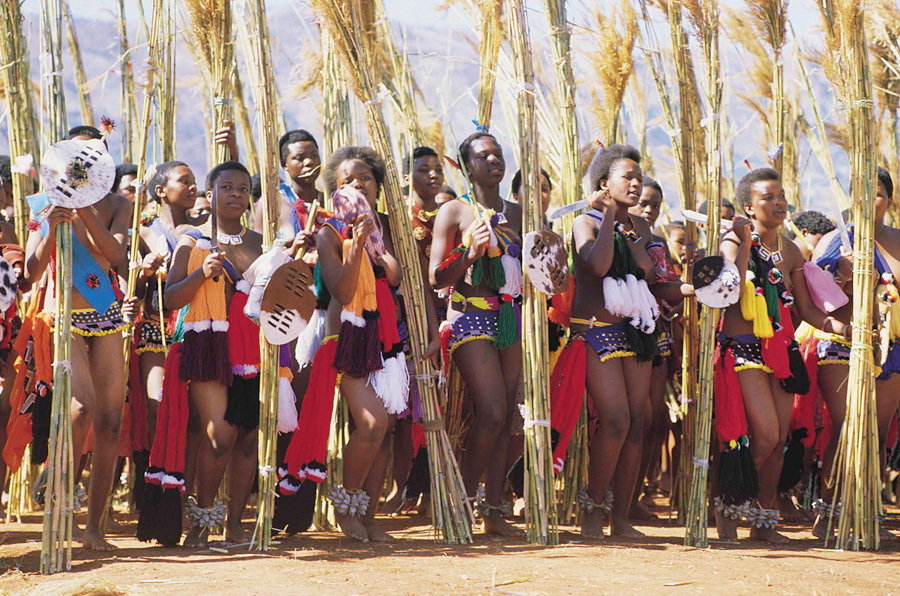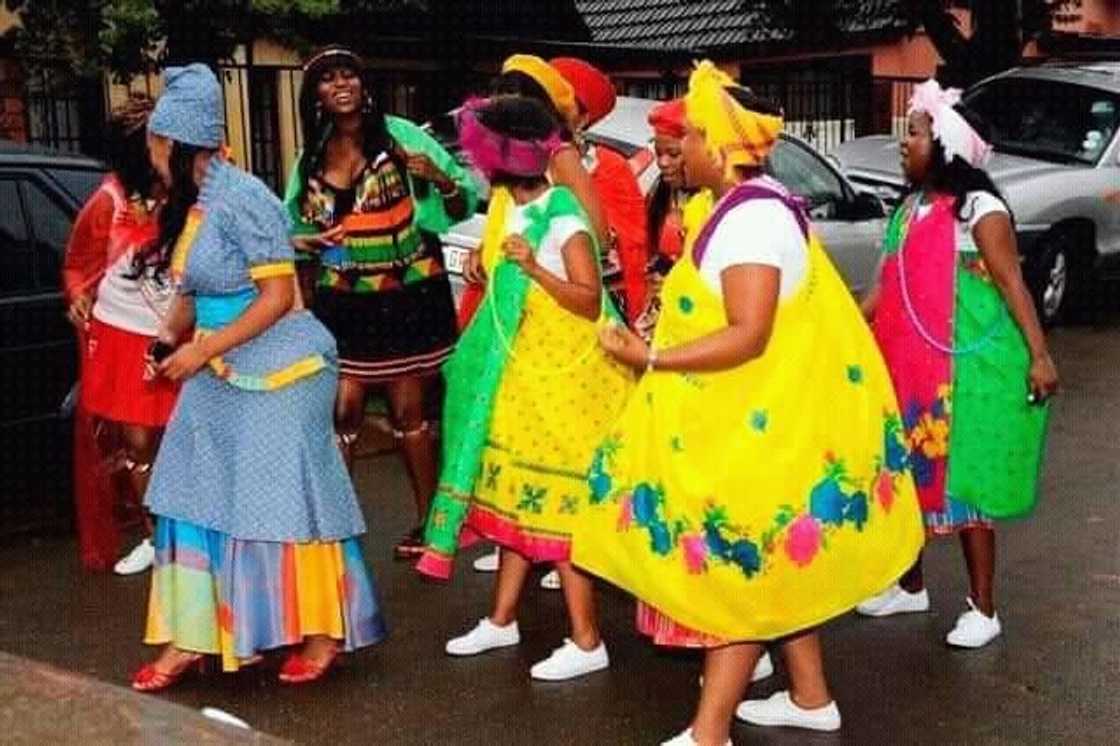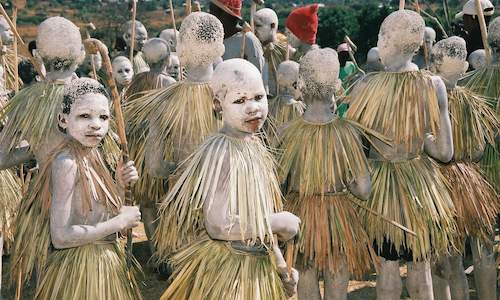Top Guidelines Of South African Culture Today
Top Guidelines Of South African Culture Today
Blog Article
An Unbiased View of South African Culture Today
Table of ContentsSouth African Culture Today Things To Know Before You BuyThe Single Strategy To Use For South African Culture TodaySouth African Culture Today for BeginnersAll About South African Culture TodayThe Single Strategy To Use For South African Culture TodaySouth African Culture Today Things To Know Before You Get This
This follows with singing and drum pounding. The couple then meet with the elders and speak about the relevance of their union. A matter of importance in Zambian villages is the passing away of liked ones. All participants of the village placed cash, time and initiative with each other for the funeral of the deceased.Throughout the mourning period; guys remain outside your home and the ladies remain inside your house of the deceased. After chatting about the dead, the village strolls to the place of funeral to state their last farewells. Music and dancing is an extremely important element of the Zambian culture. The various tribal units have their own dance types; nonetheless, makishi prevails amongst all tribes.
The Best Strategy To Use For South African Culture Today
When it involves music, drums are used one of the most, with a variety of drumming ceremonies. In Zambia, majority of individuals are Christian; Protestant and Roman Catholic. There are little teams of Muslims and Hindus, with the remainder complying with neighborhood indigenous tribal beliefs.

South African heritage and culture is tremendously varied, and contains various groups of individuals who each have their own practices and ideas. Having such a variety of individuals and cultures is what makes South Africa so one-of-a-kind. In truth feeling of the expression, we are a rainbow country.
Making it the 7th on the checklist of countries with the most Portuguese people in it outside of Portugal. Portuguese is not just a society, yet it is additionally a language and a race. Portuguese individuals originate from the country of Portugal in Europe, however, due to Portugal (like lots of various other nations in Europe) checking out the world and overcoming other nations throughout the 15th 20th centuries, South Africa has what we call Portuguese South African's living in it.
7 Simple Techniques For South African Culture Today
Among the noticeable attributes of the topography is a plateau that covers almost two thirds of the facility of the nation. The plateau facility rises toward the southeast, where it culminates in the Drakensberg variety, component of an escarpment that divides the plateau from the coastal areas. The Drakensburg includes Sparkling wine Castle, the highest height in the nation.
The region north of the Witwatersrand, called the bushveld, inclines downward from eastern to west toward the Limpopo River, which develops the global border. The western area of the plateau, the middleveld, additionally comes down towards the west and differs in elevation between the highveld and bushveld. Between the Drakensburg and the eastern and southern coastline, the land comes down to the sea.
Nearer the coastline there is a low-lying plain called the eastern lowveld. Southwest of the plateau the nation ends up being gradually much more arid, paving the way to the hostile desert of the Great Karroo, verged on the eastern by the reduced, better sprinkled plateau of the Little Karroo. Dividing the dry southerly interior from the sandy coastal of the southerly coast and West Cape is another range, the Langeberg.
Facts About South African Culture Today Revealed
The country's racially, ethnically, and politically divided background has actually generated nationwide and subnational signs that still work as icons of the nation, and others signs that are approved only by particular groups. The monuments to white inhabitant occupation and political prominence, such as the Afrikaner Voortrekker ("pioneer") Monolith in learn the facts here now Pretoria and the Rhodes Monolith honoring the British colonial realm builder and Cape head of state Cecil Rhodes, continue to be sectarian symbols.
The first contemporary occupants were the San ("bushman") hunter-gatherers and the Khoi ("Hottentot") individuals, who rounded up animals (South African culture today). The San might have been present for thousands of years and left proof of their existence in countless ancient cavern paintings ("rock art"). Bantu-speaking clans that were the forefathers of the Nguni (today's amaZulu, amaXhosa, amaSwazi, and vaTsonga individuals) and Tswana-Sotho language groups (today's Batswana and Southern and Northern Basotho) migrated below east Africa as very early as check here the fifteenth century

Both previous republics of the Orange Free State and Transvaal (South African Republic) were developed by Afrikaner inhabitants who beat and dispossessed the Basotho and Batswana. Lesotho would certainly have been by force incorporated right into the Orange Free State without the extension of British security in 1869. The supreme marriage of the country arised from the South African War (18991902) between the British and the two Afrikaner republics, which reduced the nation to spoil at the beginning of the twentieth century.
Afrikaners traditionally considered themselves the only true South Africans and, while granting complete citizenship to all homeowners of European descent, denied that status to individuals of shade up until the autonomous shift of 1994. British South Africans keep a sense of cultural and social connection to Great Britain without damaging their identity as South Africans.
The South African Culture Today PDFs
The diversity and fragmentation within ethnic groupings and the equilibrium of tensions between those groups throughout the twentieth century avoided interethnic civil dispute. While intergroup stress over sources, entitlements, and political prominence remain, those disputes are as most likely to pit Zulu against Zulu as Zulu versus Xhosa or African versus Afrikaner.
From colonial India, British merchants and administrators brought the curved steel decorative roof coverings and slender shoelace job columns that still represent the terraces of cottages in the areas and cities throughout the nation. Residences more information of praise add a vital building aspect even in the smallest towns. In enhancement to the soaring steeples and classic stonework of Afrikaans Dutch Reformed churches, Anglican churches, synagogues, mosques, and Hindu temples provide selection to the religious architectural scene.

Butchering and the brewing of conventional grain beer are necessary in protecting the involvement and a good reputation of the forefathers who are taken into consideration the guardians of good lot of money, prosperity, and wellness. Indian areas maintain their native culinary traditions and apply them on Islamic and Hindu ritual and ceremonial events. Afrikaners and Coloured individuals gather at weekends and unique occasions at multifamily barbeques called braais, where neighborhood bonds are strengthened.
Since this was the key financial business of both black Africans and white homesteaders, conflict between those groups focused on the possession of grazing land and animals. In 1867, the largest ruby deposits on the planet were uncovered at Kimberley in the west main location. The riches from those fields aided finance the exploitation of the best gold coral reef on the planet, which was discovered on the Witwatersrand in 1886.
Little Known Facts About South African Culture Today.
This brought about misunderstandings and intentional misstatement in the negotiations of white inhabitants and government officials with African chiefs throughout the early american period (South African culture today). In the establishment of African reserves, some aspects of public and primarily "tribal count on" land tenure were preserved, and even in white rural locations, kinds of communal tenure were still exercised in areas with African areas
After the autonomous improvement of 1994, programs for land restitution, redistribution, and reform were set up, yet progress has actually been slow. The white minority still manages eighty percent of the land. In the wake of agricultural land intrusions in Zimbabwe, the Division of Land Affairs has actually vowed to speed up land redistribution.
Report this page